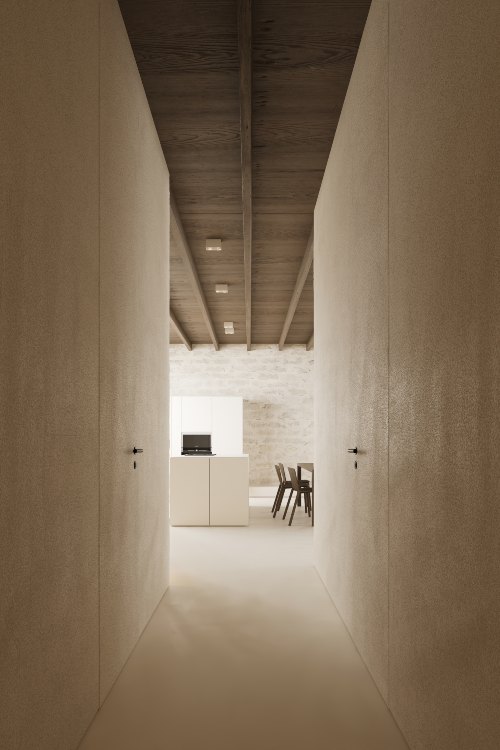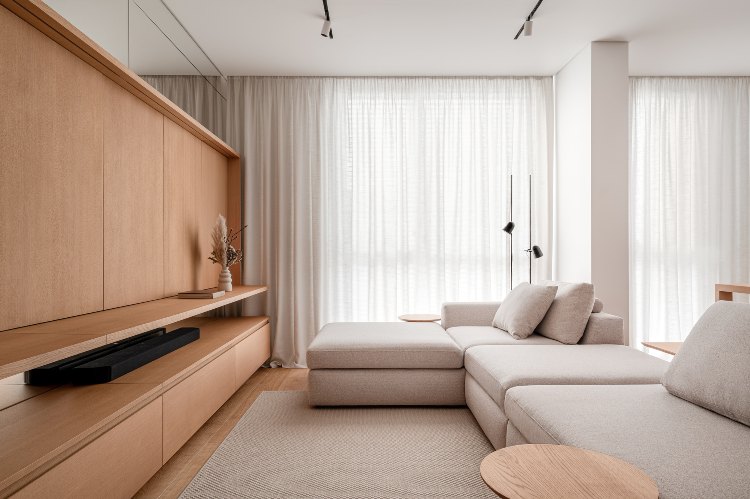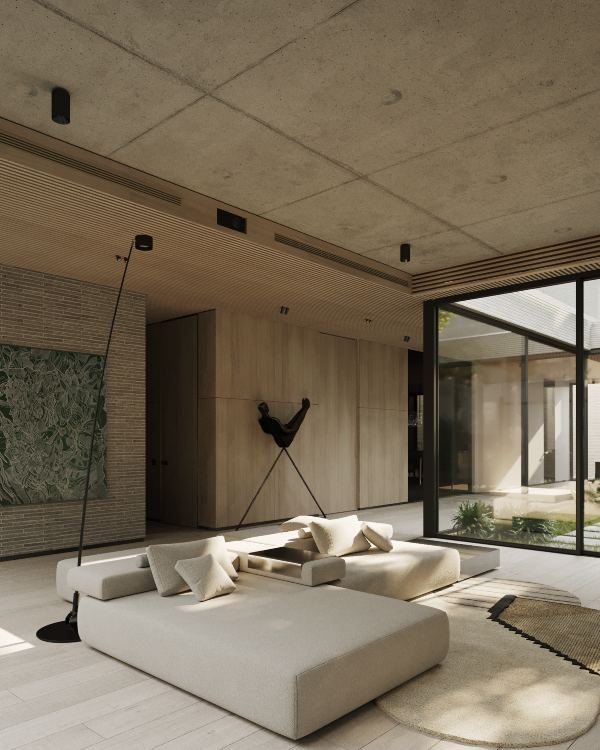Interior fittings: what are the best tips for a perfect interior design project?

Interior designers are much more than just interior decorators. The role of the interior designer is in fact articulated and includes important consultancy work.
By combining technical expertise and creative approaches, professionals working in the field of interior fittings manage to create beautiful, cosy and functional spaces that are in perfect harmony with the personality and lifestyle of their clients.
What does an interior decorator do?
The task of the interior decorator, which is also referred to by the English term interior designer, is to furnish rooms by creating functional, aesthetically pleasing spaces that meet the needs of customers.
The skills of those involved in interior fittings are therefore multifaceted and the activities to be carried out in each project are many. Although when one thinks of interior fittings one mainly focuses on the choice of furniture, decorative elements and materials to be used in the different rooms of the house, this is only the tip of the iceberg of the many activities carried out by an interior designer.
Thanks to a unique mix of training, sensitivity and experience, interior designers are able to transform living spaces into unique, customised environments that keep up with the latest trends in the industry and meet the needs of their clients.
A large part of an interior decorator’s job is to listen to and interpret the clients’ needs. Once the project objectives are in focus, the search for collaborators with whom to share the work and to whom to entrust the performance of specific tasks can begin. After careful research to identify the best furnishing solutions for the various rooms to be furnished, we move on to the elaboration of a plan, often three-dimensional, to be presented to customers. Once the plan has been approved, we move on to the actual decoration, with the selection of individual pieces of furniture, the ordering of customised furniture and accessories, and with the final installation.

What objectives should be set for an interior fittings project?
The overall objective of any interior fittings project is to achieve a space that is functional, aesthetically pleasing and meets the needs of customers. This general objective can be broken down into sub-objectives that are more specific and relate to different areas.
First of all, it is useful to define from the outset what style to be inspired by. The type of atmosphere that will be reflected in the room and the type and quantity of furniture and accessories to be chosen will then depend on this choice.
The end result will be very different depending on whether one opts for a classic style or for more modern and contemporary styles. The difference is not only in the aesthetics, but is also reflected in the room’s ability to be pleasant and cosy. One must then reason about the use to be made of the different rooms. This involves carefully assessing the needs of the residents and defining the specific functions of each space.
For example, in a kitchen it is important to consider the arrangement of appliances and furniture in which to organise utensils and pantry, so as to optimise the functionality of the room, while in a living area it is necessary to provide an area for relaxation and entertainment.
Other interior fitting tips? Finally, we must not forget the importance of customising the interior. This can be through the choice of specific materials to be used to add a personal touch or the choice of particular finishes. In this sense, the decorative elements of spaces play a key role. Adding a custom-made luxury carpet, for example, can transform the look of the room, making it more elegant and warm.
What choices to make for textbook interior fittings?

To achieve a good end result, it is necessary to make the right choices regarding furniture, materials, colours, decorations and details to be used.
The choice of furniture is crucial and depends as much on the decorating style you have opted for as on the functional requirements of the room. It is important to select furniture that is proportionate to the space and offers comfort and practicality. The quality of the materials is equally important: solid wood furniture or high-quality materials guarantee durability and value over time.
It is equally important to choose the right materials for wall, floor and wall coverings. Natural materials such as wood, stone or marble lend a sense of warmth and authenticity to interiors, while modern materials such as glass or metal can add a contemporary touch.
Decorations and details, such as trim, paneling, frames and lighting, add character and style to interiors. These elements can include designer lamps, artwork, fine textiles or distinctive architectural elements. The choice of these details depends on personal style and preference.
Finally, it should not be forgotten that the selection of colours has a significant impact on the overall atmosphere of the interior fittings. Neutral and light colours, such as pastels, can create a feeling of spaciousness and brightness, while bold and vivid colours can add personality and liveliness.
Choose a top-notch woodworking shop.
We have over 50 years of experience!
Contact us!
Il Piccolo, a second generation family business, opens its showroom in Lugano. With over 50 years of experience, Il Piccolo brings with it a wealth of technical and design knowledge of the highest level, thanks to the many interiors designed and furnished around the world. In addition, Il Piccolo represents many of the best international luxury furniture brands. We design, manufacture and sell the best in design. Also with regard to La Cornue kitchens, we follow the customer from the design to the realisation of the project, integrating the whole process with a precise and professional service.CONTACT US



